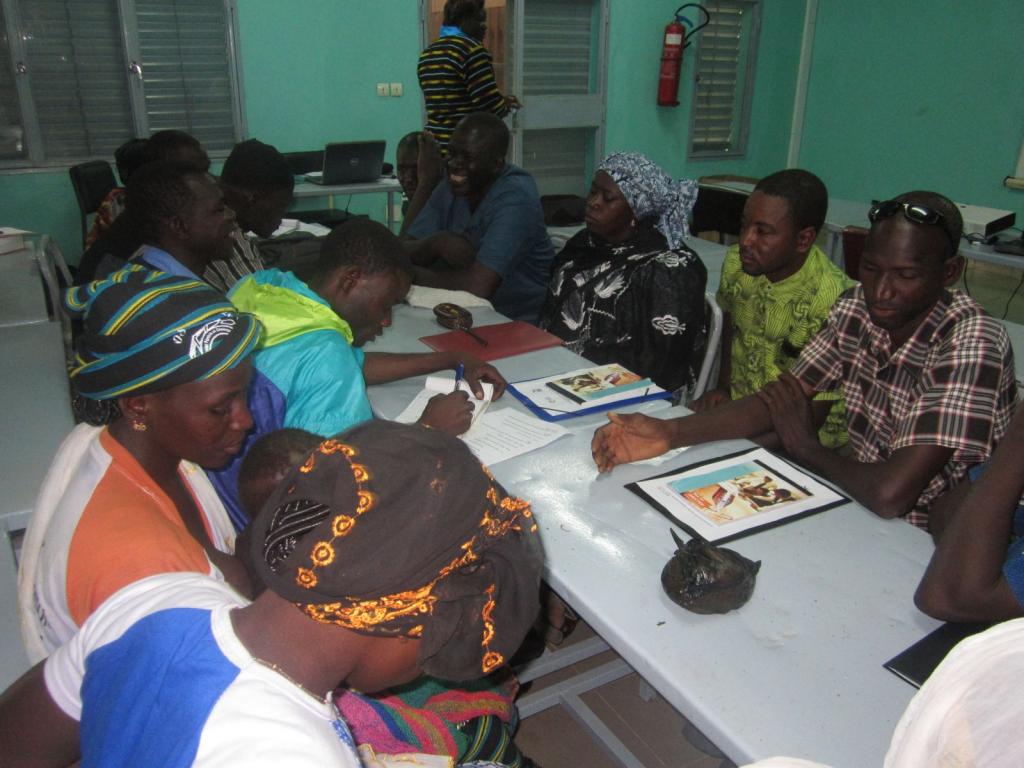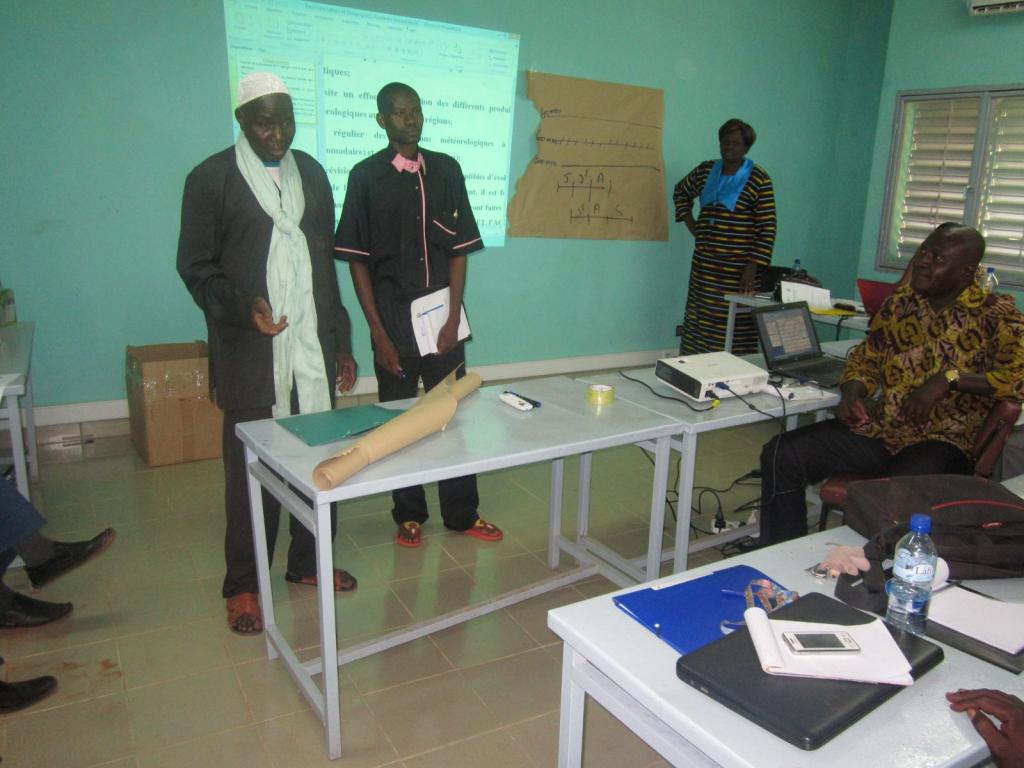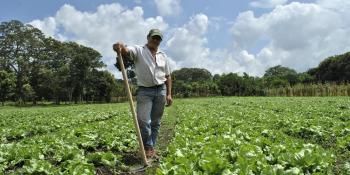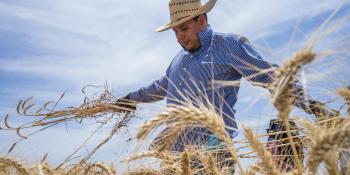Farmers are good meteorologists!

Could combining new seasonal forecasting techniques with traditional techniques fine tune local forecasts for West African farmers?
West African agriculture is profoundly affected by the climate, which is why the answer to the question: "what will the crop season look like?" has always been of great concern to farmers.
Traditional societies have relied on various indicators to predict the nature of the coming crop year (good or bad). These indicators are based on natural elements such as the stars, trees, animals, the wind, temperature, etc.
Meanwhile, technicians have always used fairly sophisticated Atmospheric General Circulation Models (AGCM) to forecast the season in terms of cumulative rainfall, from the start to the end of the season, as well as the occurrence of pockets of drought. These models are based on the relationship between the temperature of the sea surface, atmospheric parameters (wind speed, temperature, humidity, etc.) and rainfall.
The main issue concerns the extent to which traditional forecasts coincide with modern weather forecasts. Let's take the people of Yatenga in the north of Burkina Faso to illustrate the issue at hand - they provide forecasts based on natural indicators, which produce results very close to official forecasts.
The dissemination of seasonal climate forecasts is one of the activities of the CGIAR Research Program on Climate Change, Agriculture and Food Security (CCAFS) to manage climate risk and reduce its impact on agricultural production and household food security.
Since many years, CCAFS West Africa has been carrying out activities to communicate climate information in its target countries, particularly in Burkina Faso, Ghana, Mali and Niger through Agrhymet/CILSS, the regional center specialized in reporting and training in the fields of agro-ecology, in Senegal through the national meteorology agency ANACIM, and in collaboration with national meteorological services and national agricultural research systems.
Weather forecast workshops are organized for farmers to express their climate information needs, present their seasonal forecasts based on their endogenous knowledge, and receive modern forecasts from weather specialists. It was at one of these workshops in Burkina Faso that we noted a convergence between farmers' forecasts and modern weather forecasting.
Farmers’ forecasts for the 2014 crop year in Yatenga
Farmers have a wide range of natural indicators to forecast the crop season, in particular: the stars, insects, birds, trees, temperatures and the wind.
Signs of a 'Good Omen'
According to farmers, the following factors augur a good crop season: a good harvest from fruit trees (in particular, shea trees, hazelnut trees, resin trees, and fig trees), abundant honey production, building of birds nests in treetops of lowlands, the appearance of gray millipedes at the beginning of the season, ant migration from lowlands to highlands, clearance of seed reserves from anthills by ants, the appearance of migratory birds (particularly the kilimsè, as they are called in local Mossi language), a lot of herd calving early in the season, with many male calves, a long cold period (harmattan), etc.
Signs of a 'Bad Omen'
On the other hand, the following signs forecast a bad rainy season: birds nests in the lower parts of trees, the appearance of small stars in the sky accompanied by wind, alternation between hot days and cool nights, morning rain at the beginning of the season, the appearance of red millipedes at the beginning of the season, the presence of many black ants, immature fruit drops, and strong winds.

working group: farmers predicting the season
Photo:m. ouedraogo
By observing these natural indicators for this year, farmers from 11 villages made the following forecasts: 5 villages predicted a good season, while five others opted for an average, short and capricious season.
Only one village predicted that the rainy season would be bad. Taking all the forecasts into consideration, we could settle for an average to good season depending on the village.
What do the weather forecasts say?
Based on empirical and dynamic models, as well as knowledge of past and current climate variability in the Gulf of Guinea, climate specialists and agro-meteorologists, through the Seasonal Forecast in West Africa Programme (PRESAO), give the likely trends of cumulative rainfall for the season. It also allows them to determine the start and end dates of the crop season, and the length of dry spells during critical periods of slow crop growth throughout the season. According to these forecasts, the season in Yatenga will experience cumulative deficit to normal rainfall for June-July-August and cumulative normal to deficit rainfall for July-August-September.

farmers presenting their weather forecast
photo: m. ouedraogo
Similarities between traditional and scientific forecasts
These results show clearly that there is some convergence between traditional and scientific forecasts, suggesting it would be beneficial to use a combination of both techniques. Traditional, element based forecasts can help to fine tune smaller scale, local forecasts (e.g. villages), since we know that this is still a challenge for scientists.
We conclude, further investigations on endogenous indicators are necessary to reinforce the casual relationships between the various natural descriptors used by farmers. Such investigations will improve the adaptive capacity of farmers in climate risk management, because the use of climate information has proved to be a beneficial tool for climate-smart agriculture.
Mathieu Ouedraogo is a Visiting Scientist at CCAFS West Africa program



